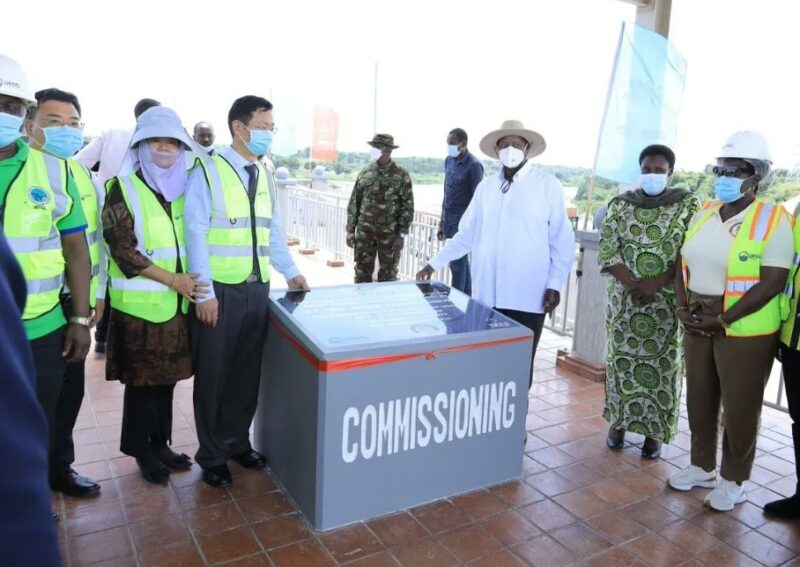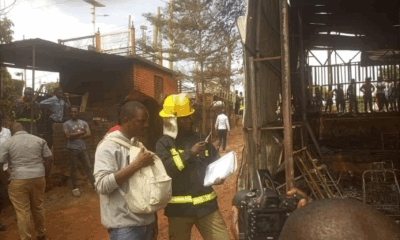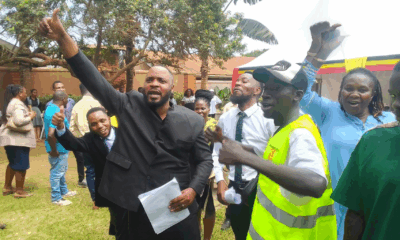News
Even with Karuma dam, electricity remains a privilege in Uganda

President Yoweri Museveni commissioning Karuma on September 28, 2024
After numerous postponments, Karuma dam, Uganda’s biggest hydro power dam has finally been handed over to the government of Uganda by the Chinese contractor Sinohydro after 11 years of construction.
The commissioning of the 600 MegaWatt hydro power dam located next to Karuma falls on the Nile River on September 28, 2024 was witnessed by President Yoweri Museveni, Vice President Jessica Alupo and the Minister of Energy Ruth Nankabirwa. But the Dam’s completion was delayed for years due to delays that emanated from defects.
The government had to appoint a team of engineers led by the former Electoral Commission chairman Eng. Badru Kiggundu to supervise corrective measures.
At commissioning, President Museveni asked the Energy Ministry to lower power tariffs to make electricity affordable for Ugandans so that they can enjoy better standards of living.
But the president’s remark only appears to be strategic political rhetoric especially ahead of the 2026 elections, aimed at appeasing the masses, considering that those he delegated authority to set power tariffs have maintained the same high tariffs for decades.
For example since the launch of Isimba dam, Uganda has had surplus electricity at over 500 MegaWatt compared to only about 900MW of peak demand.
Although Minister Nankabirwa hailed the commissioning as: “A declaration of our resolve to meet the Sustainable Development Goals (SDGs), particularly SDG 7 on ensuring access to affordable, reliable, sustainable, and modern energy for all,” the reality is that electricity remains out of reach for most Ugandans.
The sustained increase in Uganda’s generation capacity witnessed over the past two decades, has not been matched with deliberate efforts to increase consumption of the available electricity.
Rural electrification drive and other initiatives such as the introduction of the cooking tariffs, have not had significant increases in electricity consumption by households as demand has not expanded.
For example, the country’s electricity consumer distribution network remains limited to towns and urban areas and a few lucky or politically supportive regions.
This has left majority of the population 58%) as of Jan 2024, without access to grid power.
Additional prohibitive costs such as the high tariffs (at 0.17 US cents) as of 2023, makes electricity largely unaffordable for most Ugandans.
Other challenges such as the high initial cost of connecting to the grid, at UGX 800,000 per pole, have prevented millions from tapping into the abundant national resource.
With Karuma now potentially operational, the country has an excess of over 1000 MegaWatts of power compared to active demand.
The combined resultant effect of high power tariffs and low electrification rates has been the degradation of the environment as majority of Ugandans are forced to rely on primitive charcoal and firewood for cooking .
Comments
























